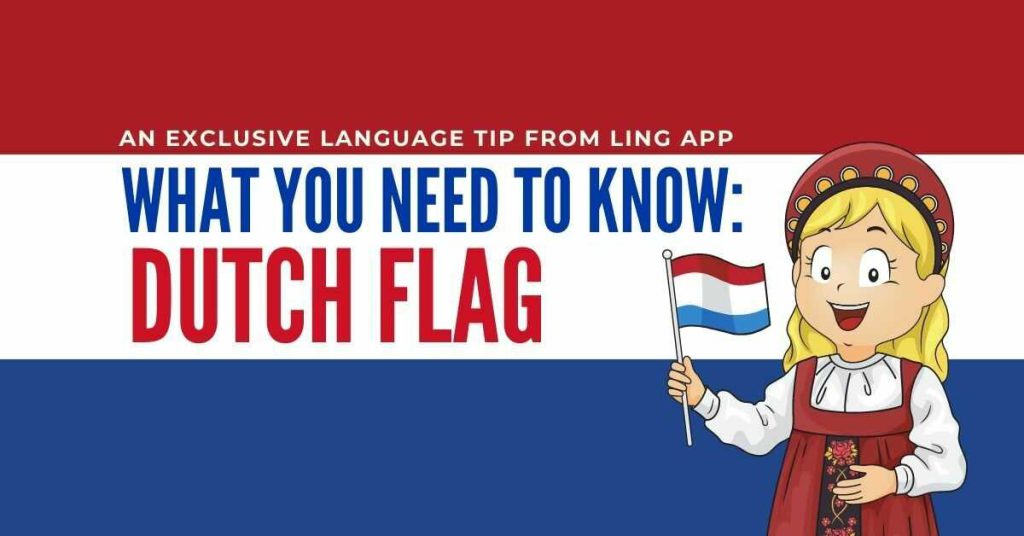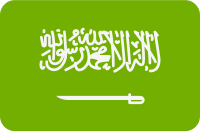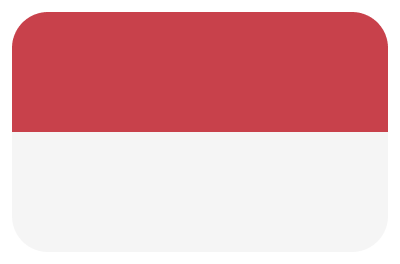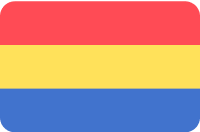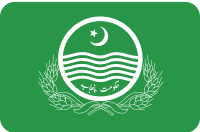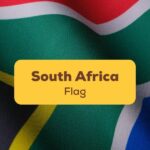Are you wondering what are the symbolism and meaning behind the Dutch flag? In this post, we will walk you through the fun details and the history that you need to know today. After all, what better way to show your passion for the Dutch culture than by learning information about the most important representation of the country, right? If that is something you’d love to learn, then let’s start digging into the details!
No matter what country you are from, there is no denying that flags are important as it is the official representation of the country and its citizens’ beliefs and ideals. For this reason, several countries are consistently reviewing the designs of their flags in order to ensure that it embodies the uniqueness of the state. But before we dive into the details of the Dutch flag, allow me first to give you a few pieces of information about the Netherlands so that you’ll understand the different elements that have been considered when creating the flag.
- The country was used to be called ‘Holland’. However, Holland is only a region within the country. Nevertheless, many still use ‘Holland’ to refer to the whole country, even now.
- The capital of the Netherlands is Amsterdam.
- The official languages used in the Netherlands are Dutch and Frisian
- The majority of the country declared themselves to be non-religious,while the rest are Catholics comprised 20.1% of the total population, Protestant (14.8%), Muslims (5.0%), and others.
- The Netherlands is the largest out of the four countries listed under the Kingdom of the Netherlands. The current countries that participated in the Kingdom of the Netherlands include Aruba, Curaçao, the Netherlands, and Sint Maarten
The History And Origin Of The Dutch Flag
It started way back in 1568. Lead by William Prince of Orange, the Dutch provinces had to revolt against the Spanish. Hence, A flag of orange, white and blue is used by the privateers to be sailed at sea during the war which they won. The flag was also named the Prince’s Flag.
The Prince’s Flag is quite similar to the Netherlands flag we have now, except the red stripe was an orange stripe instead, and the blue is lighter.
It was later in 1630, the orange-white-blue flag was changed. The orange was changed into red because orange dye could fade out after some time on the sea or it was also due to the confusion of red and orange that cannot be distinguished on the high seas. After the change, the new flag was named Statenvlag.
Batavian Revolution
At the end of the 18th century, the Dutch Republic came to an end and the Batavian Republic starts due to the deep economic crisis that followed the Fourth Anglo-Dutch War. Due to the French conquest, the name ‘Prince’s Flag’ was forbidden to use. The Statenvlag flag remained in use due to the similarities of the French flag (which was inspired by the Flag of the Netherlands and had the same name).
So in 1796, the new Flag of the Batavian Republic was introduced where a figure of the Netherlands maiden with a lion was placed on the upper left corner of the flag of the Netherlands. This flag has had a short 20-year life since Louise Bonaparte, who had pro-Dutch policies, restored the red-white-blue Dutch flag.
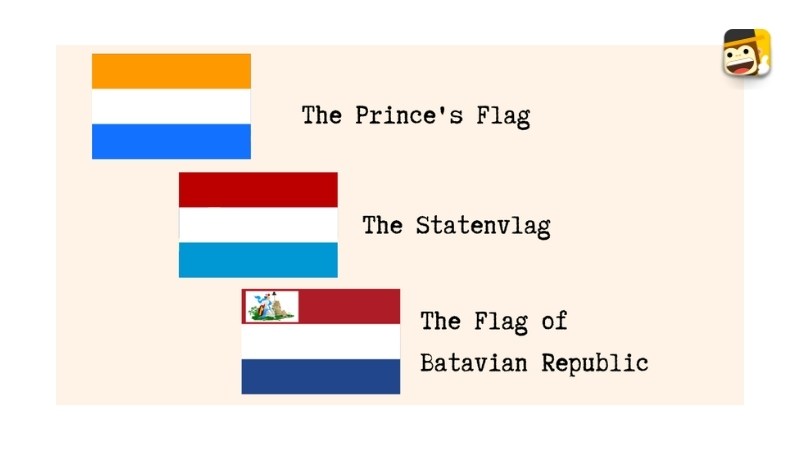
What It Looks Like Now
The modern flag is the one officially adopted by the Dutch Queen. In 1937, the Dutch Queen decreed that the national flag of the Netherlands would be the three horizontal bands of red, white and, blue that are still in use today.
The red-white-blue flag of the Netherlands uses a tri-band design with all bands have equal sizes. The top stripe of the flag is a bright Vermilion red band, followed by a white stripe in the middle, and lastly, a Cobalt blue stripe as the bottom stripe.
Meaning And Symbolism
The significance of the flag of the Netherlands lies in the three colors chosen. The red (or orange) was chosen as it was based on the coat of arms of Prince William of Orange as well as to represent the House of Orange. This is also the reason why the national color of the Netherlands.
When Is The Dutch Flag Flown?
Us any other country, the Dutch government made an official flag instruction with specific rules regarding when and how the country flag should be raised. Here are some of the occasions when the Netherland flag is raised:
- It usually appears during political events, national holidays, and royal events.
- Sports events, to be specific, during soccer matches and big sports events like the Olympics. The sports fan would hang put the flag at their house, even when they do not attend the matches.
- During King’s Day (or Queen’s Day) celebration-to celebrate the birth of King Willem-Alexander during this celebration, the Netherlands flag will be raised on almost every house and every street in the country, even paint on faces.
- People also raise the Dutch flag on their house along with some bags and books that will be hung at the flag pole when their children graduate from school.
- It is not common, however, to see the flag being used as a fashion statement in the Netherlands, unlike what happens in the US and in the UK. In some cases, the use of the Netherlands flag on clothes, backpacks, and other clothing items is often a symbol of extreme right-wing ideas.
- When raising a flag for the birthdays of the royal family, the Dutch government made sure to add an orange pennant to the flag.
- During national mourning, the flag will be raised half-mast as a sign of respect and sadness.
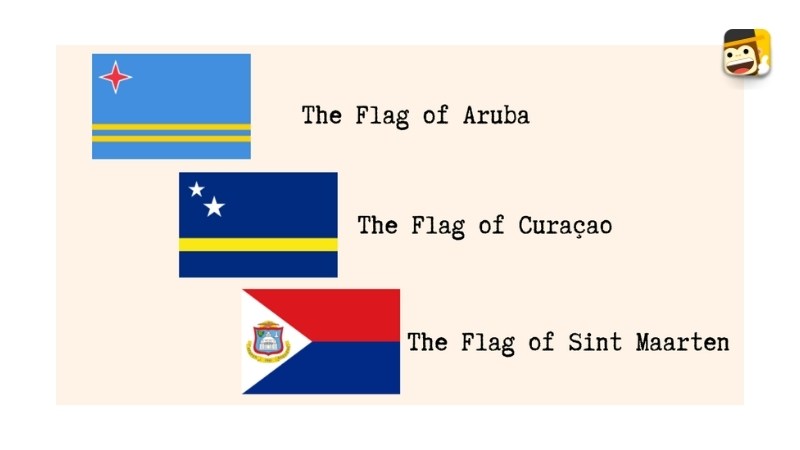
4 Fun Facts About The Dutch Flag
- The Netherlands flag is almost similar to the flag of Luxembourg and French.
- Although the orange was replaced a long time ago, it is still being used proudly during Soccer matches, King’s Day, and many other festivals.
- There are other Dutch symbols that represent the country, aside from the Netherlands flag: tulip, wooden clogs, lion, windmills, and bicycles.
- The other countries of the Kingdom of the Netherlands have their own National Flags.
Start Learning Dutch Today!
If the Dutch flag and the Netherlands pique your interest and you wish to arrive in Amsterdam as soon as you can, you can start learning Dutch now. It’s easy, just download the Ling App and you’re all set. The Ling App will help you memorize all the important words and phrases as well as get you used to the grammar. The opportunity is in your hands now, with just a tap of your finger. Get it now and learn Dutch today!
We also advise you to take Dutch courses to help you easily navigate your first steps into this language. Try out these effective free Dutch course by Ramon Janssen to learn and practice how to greet and introduce yourself in Dutch!

